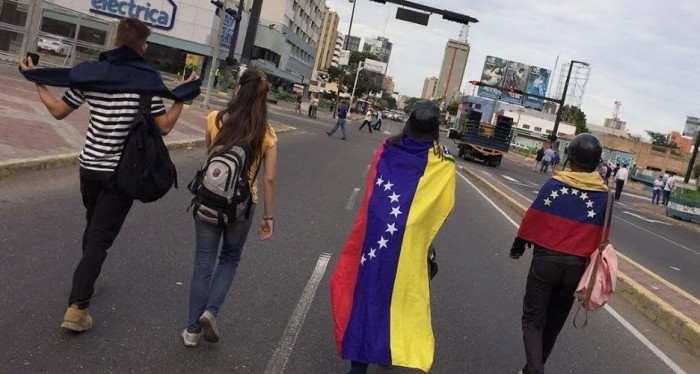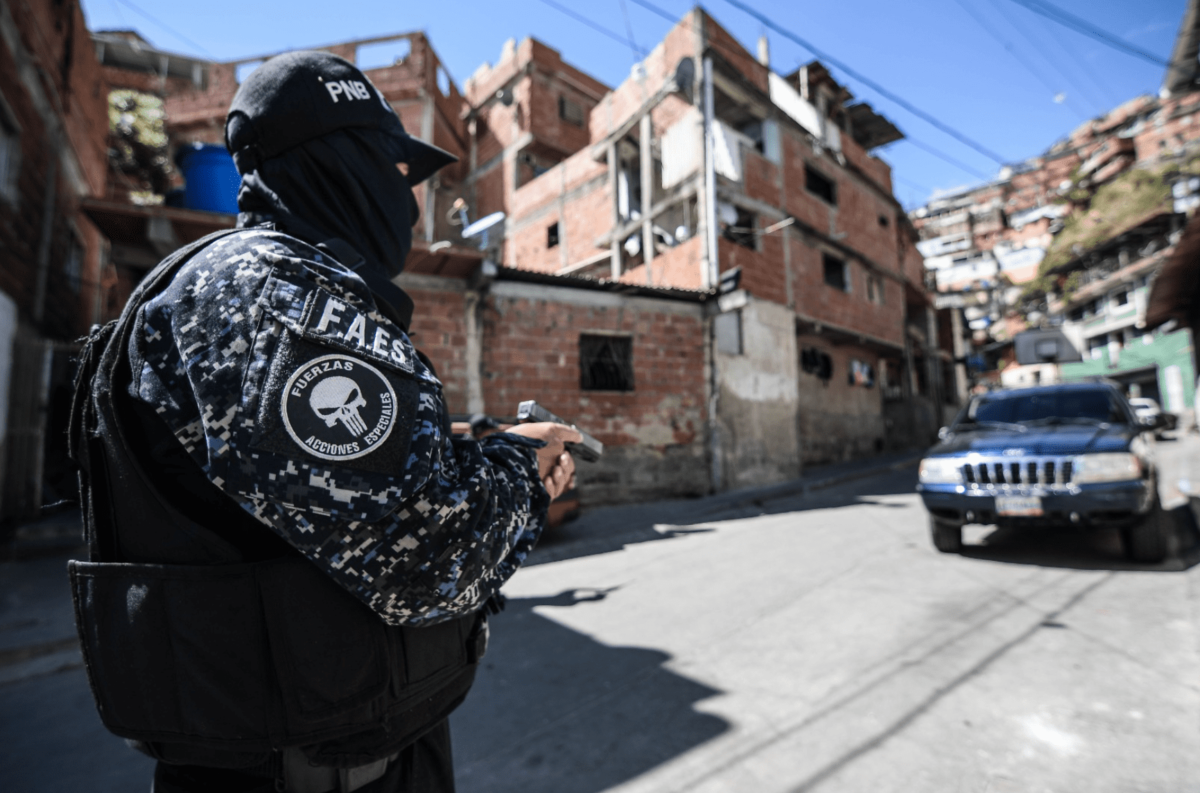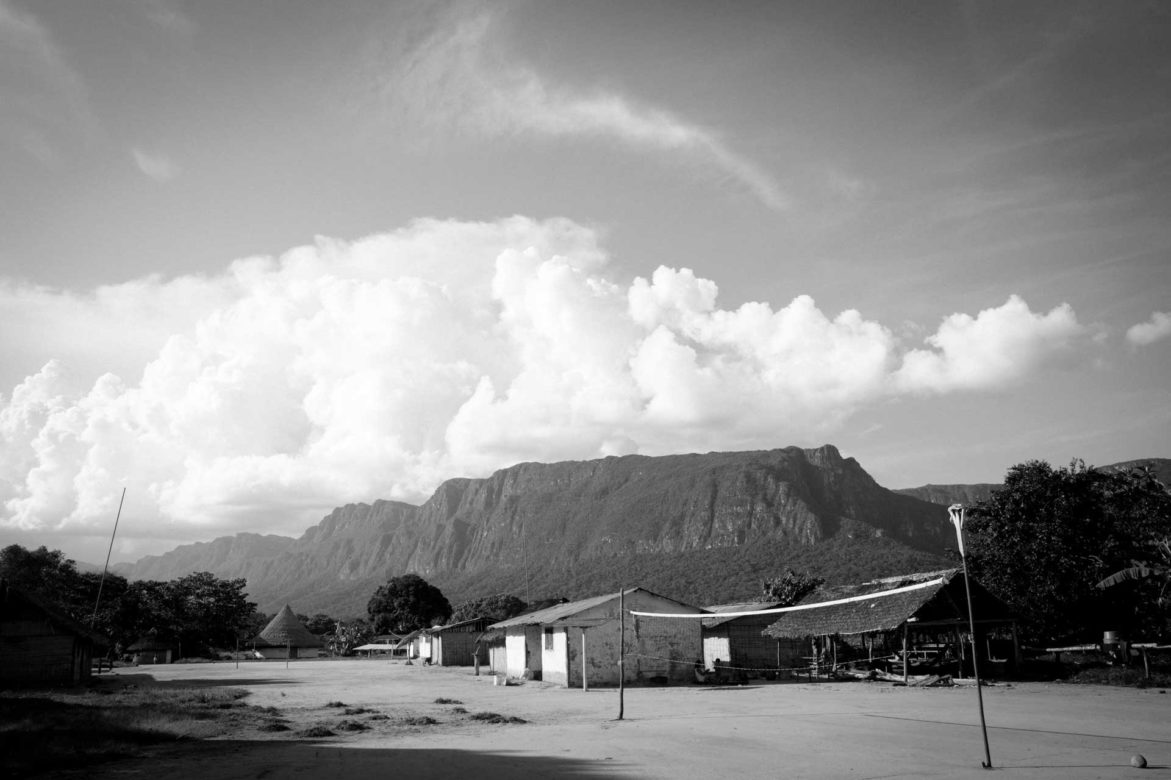Currently, illegal gold mining is the main threat to the rivers of the Venezuelan Amazon: all major basins are at risk from sedimentation and mercury pollution derived from gold exploitation.
A report published in February by the environmental organization Clima 21 estimated that around 30 rivers in southern Venezuela are experiencing damage from mining activity while the presence of mining rafts has been documented in 16 of them.
Although the information is still limited, these watercourses risk being seriously affected by the effects of climate change projected for the south of the country, including the intensification of droughts due to global warming, according to a recent preliminary assessment by World Weather Attribution.
“A Rapid process of degradation” is taking place in the rivers of the Venezuelan Amazon
Clima 21 based its work on academic articles and technical reports from national and foreign institutions; interviews with key informants and the opinions of experts; satellite data and media reports.
Despite information gaps due to the lack of official data, the environmental human rights organization made an approximation of the state of ecosystem health of a group of large rivers in southern Venezuela and found that “in most cases, there is evidence of a significant deterioration of their environmental health”
According to the report, there is also evidence of the relationship between the presence and expansion of mining activities and the increase in deforestation associated with agricultural activities, the increase in vegetation fires and the discharge of solid waste into waters.
“The studies addressing deforestation in the Venezuelan Amazon indicate that 470,219 hectares of forest were lost in the period spanning from 2001 to 2020, and the projections indicate that the loss of forest coverage in 2025 is expected to exceed the loss of the previous five years,” the document highlights.

Bauxite and coltan are also extracted
In addition to gold, bauxite and coltan are also being exploited and processed in the rivers of the Venezuelan Amazon. The minerals are employed in the production of aluminum and as important components in smartphones and other electronic devices, respectively.
In the case of bauxite, the rocks are transported through the Orinoco River to processing plants in Ciudad Guayana. The extraction process leaves the soil unprotected, which generates important erosion processes and sediment production that have affected the water courses of the areas surrounding the sites.
On the other hand, the exploitation of coltan, which has increased in recent years in different areas across the Venezuelan states of Bolívar and Amazonas, is carried out in the open air, which destroys vegetation and gives rise to erosion processes.
Protected areas are not fulfilling their function of protecting ecosystems
Another conclusion of the report is that the Protected Areas created in southern Venezuela do not seem to be meeting their objective of preserving the ecosystems under their designated territories, including waterways.
In the basins of the Cuyuní, Caroní and Caura rivers, it has been reported that mining pollution has affected waters, fish and indigenous human populations.
“No information is available on the existence of environmental management plans for these areas under legal protection aside from the militarization of some of them,” the report summarizes.
Climate change the main driver of drought in the Amazon
Droughts are common in the Amazon during the occurrence of the climate event of El Niño. However, anthropogenic global warming -the one produced by man-, was the main driver of the Amazon drought in 2023.
This was the conclusion of a preliminary assessment by the World Weather Attribution (WWA), which projected data from observations and computer model simulations to determine the extent to which El Niño is responsible for the Amazon drought.
El Niño reduced the amount of precipitation in the region by about the same amount as climate change; however, the strong drying trend was almost entirely due to increased global temperatures, so the severity of the drought currently being experienced is largely driven by climate change”, the study explains.
Another finding is that the likelihood of a meteorological drought has increased by a factor of 10, while agricultural drought has become about 30 times more likely.
The WWA summarizes that rivers are currently at the lowest levels in 120 years, “threatening the estimated 30 million people living in the Amazon basin across several nations including Brazil, Peru, Colombia, Venezuela, Ecuador and Bolivia, by disrupting transportation, isolating communities and killing wildlife.”
The projections of the WWA coincide with the estimations by Clima 21. If combined, the continuation of the mining practices and the impact of climate change on the rivers of the Venezuelan Amazon will threaten their capacity to harbor life, which would generate socio-natural disasters in addition to the loss of the cultures of indigenous peoples who inhabit these basins.
Translated by José Rafael Medina




